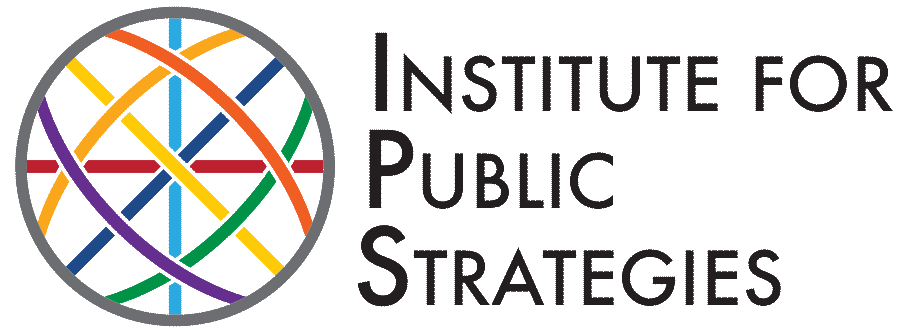Looking to Empower Staff in 2022? Four Steps to Implementing a Peer Mentoring Program
Traditional mentorship in the workplace has focused on connecting an expert with someone new to the workforce. Workplace mentoring programs have been shown to benefit staff. They increase engagement, improve retention, and provide opportunities to develop skills.
In the last decade, technological advancements and the influx of a younger labor force have tipped workplace mentoring toward an upward mentoring approach. As the name suggests, upward mentoring involves a junior staff member acting as a mentor to senior leaders or executives. Upward mentoring has been shown to create innovative spaces and deeper work connections that would traditionally take years to foster.
Lily Benjamin, a diversity & inclusion and organization development strategist consultant, sums up peer mentoring programs well: “Regardless of our title or years of experience we can learn from each other. Through mentoring and being open to learn we can reach our ultimate potential.”
In preparing for our own peer mentoring launch, IPS’ research identified four important steps necessary for successful peer mentoring programs:
STEP 1: Define what mentoring looks like for your organization
Mentorship programs in the workplace are more than just a feel-good exchange. Defining your goals will inform your program design and also provide expectations for your mentors/mentees.
Consider the following questions:
- Will your program be integrated into your onboarding process to help new staff acclimate or is your goal to create a leadership pipeline for prospective managers?
- How will the program help the organization achieve its mission?
- What are the tangible and intangible benefits to those who participate (mentor/mentee)?
- What are the qualities of an effective mentor?
STEP 2: Ensure your mentoring program revolves around diversity & inclusion
The difference between diversity and inclusion is important. The Society for Human Resource Management defines diversity as “the collective mixture of differences and similarities that includes, for example, individual and organizational characteristics, values, beliefs, experiences, backgrounds, preferences, and behaviors.”
The SHRM defines inclusion as “the achievement of a work environment in which all individuals are treated fairly and respectfully, have equal access to opportunities and resources, and can contribute fully to the organization’s success.”
All too often, diversity and inclusion are used interchangeably, however each would require a unique approach in creating a mentoring program.
The program should support diversity and empower staff from underrepresented groups by developing their skills and expanding their network while also supporting a culture of inclusion. This creates an environment that fosters the sharing of knowledge and leadership among all staff, which directly contributes to a thriving workplace.
STEP 3: Support a growth mindset for both mentors and mentees
Dr. Carol S. Dweck, Ph.D. is a leading expert on the benefits of a growth mindset. She proposes that skills, talents, and intelligence are not fixed, but in fact can be developed with supported and continued effort.
Embracing a growth mindset is the first good step for mentors. It focuses on the process rather than the results. A few indicators might be the ability to:
- Face challenges and recover from setbacks
- Learn from errors and failure
- Take risks to reach beyond your own comfort level
- Cope more effectively with conflict and negative experiences
Modeling a growth mindset also has benefits for mentees, providing the space to discuss:
- Challenges experienced learning a new skill or mastering a task
- Approaches to problem solving
- Relevant narratives that led to improving a growth mindset
The growth mindset allows for the focus to be on mentees and their strong points and to find ways to encourage the process toward improvement.
STEP 4: Measure, track and evaluate your mentoring program
If the program can’t prove to be successful, there is a risk that it will not continue. How it is measured, tracked and evaluated will depend on the program goals and objectives that were set in Step 1. Identify how to manage this important step, whether through surveys, focus groups or interviews conducted by someone outside of the mentor/mentee relationship.
For monitoring purposes, include the number of staff that signed up for the program. And, a listening or feedback session will help to identify program aspects that may not have been obvious during the program design.
Whether implementing a traditional or upward mentorship program, evaluation can include tracking the compatibility between mentors’ and mentees’ skills and experiences to adequately match and pair staff and also to gauge progress. Examples of skills to track may include effective communication, creativity, adaptability and tools/techniques.
An effective mentorship program in the workplace is not always easy. It takes time, resources, and energy to make it work. When done well, it can provide opportunities for each staff member to feel supported and valued.
Author:
Dr. Frecia Gonzalez, PhD
Regional Director, IPS
Dr. Gonzalez is a Regional Director at the Institute for Public Strategies, a Southern California-based nonprofit that works alongside communities to build power, challenge systems of inequity, protect health, and improve quality of life.



